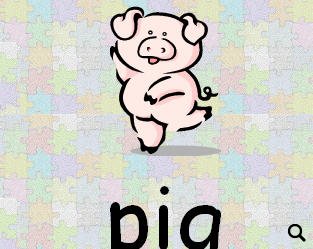It is the English alphabet presentation in PowerPoint format with pictures to help students understand the letters better. In the orthography of Modern English, thorn (þ), eth (ð), wynn (ƿ), yogh (ȝ), ash (æ), and ethel (œ) are obsolete. Latin borrowings reintroduced homographs of ash and ethel into Middle and Early Modern English, though they are not considered to be the same letters[citation needed] but rather ligatures, and in any case are somewhat old-fashioned. Thorn and eth were both replaced by th, though thorn continued in existence for some time, its lowercase form gradually becoming graphically indistinguishable from the minuscule y in most handwriting. Y for th can still be seen in pseudo-archaisms such as “Ye Olde Booke Shoppe”. The letters þ and ð are still used in present-day Icelandic. Wynn disappeared from English around the fourteenth century when it was supplanted by uu, which ultimately developed into the modern w. Yogh disappeared around the fifteenth century and was typically replaced by gh.
The letters u and j, as distinct from v and i, were introduced in the 16th century, and w assumed the status of an independent letter, so that the English alphabet is now considered to consist of the following 26 letters:
The letters u and j, as distinct from v and i, were introduced in the 16th century, and w assumed the status of an independent letter, so that the English alphabet is now considered to consist of the following 26 letters:
